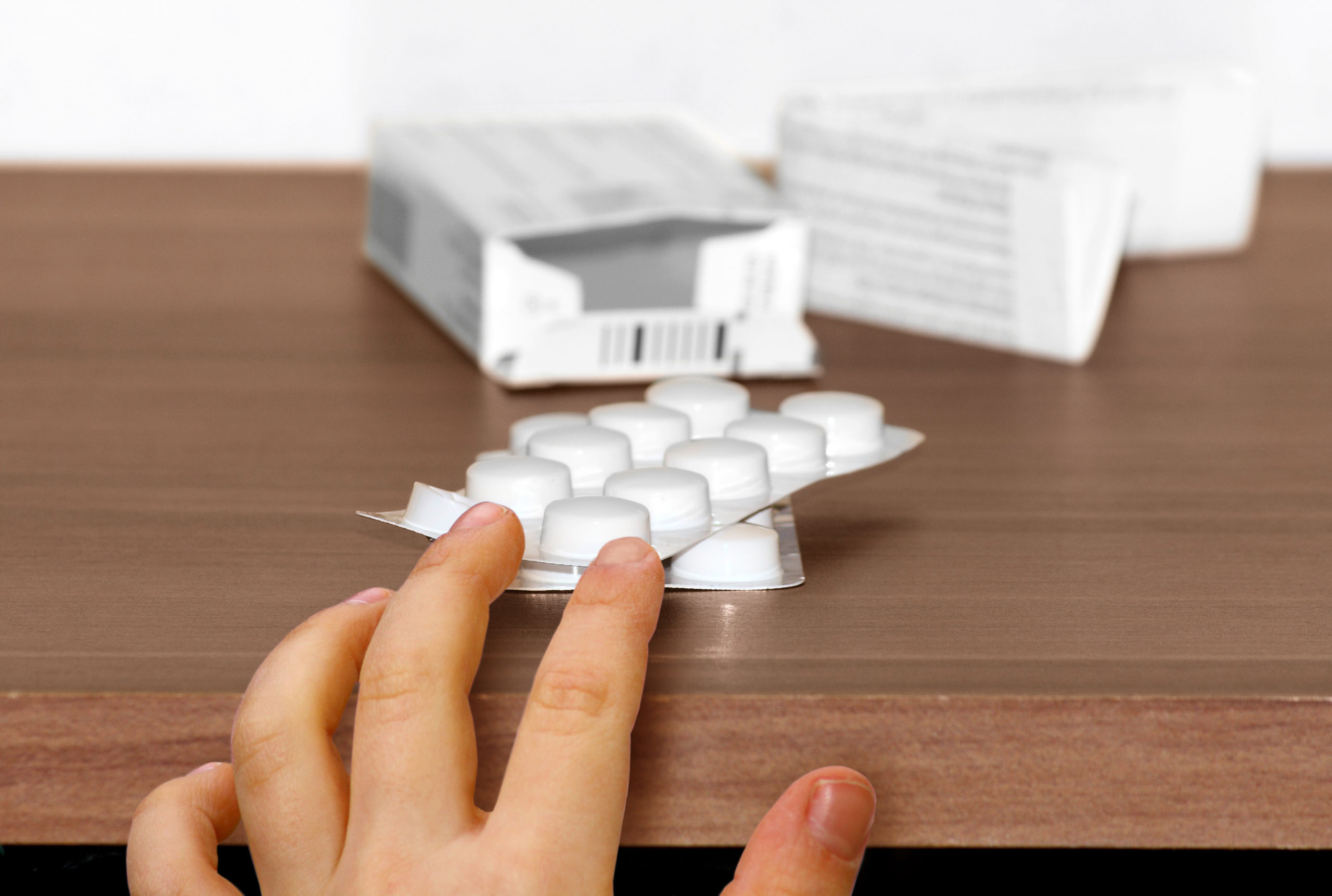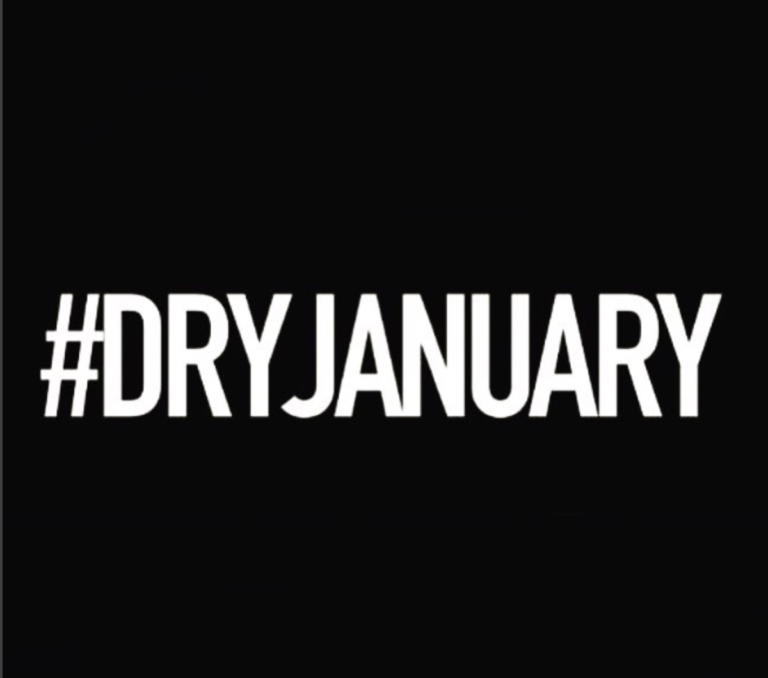America’s opioid epidemic is wreaking havoc in more ways than one. Not only is it leading to tens of thousands of fatalities a year, the crisis is also causing a tremendous amount of collateral damage. The worst side effect, which CBS News reported on this week, concerns small children overdosing on prescription meds left out by their parents.
The irony is, the medication that is creating the most problems for young kids is not OxyContin. It is actually buprenorphine, a drug designed to wean people off of opioids. Whether it’s accessible medicine cabinets, careless open bottles or plastic boxes on the nightstand, thousands of children aged six and under have been exposed and sent to the ER for ingesting pills.
Investigators told CBS News that between 2007 and 2016, there were more than 11,000 emergency calls made to U.S. poison control centers because of a minor overdosing on buprenorphine. Worst of all, 11 children died because of an accidental OD.
“Although buprenorphine is important for the treatment of opioid use disorder, pediatric exposure to this medication can result in serious adverse outcomes,” consulting doctor Gary Smith told the site. “The medication can cause extreme drowsiness and/or vomiting when taken improperly.”
Research uncovered by CBS also pointed to non-accidental overdoses of buprenorphine, which has become more common among kids aged 13 to 19. These teens admitted to “experimenting” with their parents’ meds and also had to be admitted to the ER. In total, four deaths have occurred because of this circumstance.
What is also worth noting, is the rise in buprenorphine prescriptions in recent years. As the crisis worsens, more of these anti-addiction pills are being given out. In fact, over the past five years distribution of the drug has risen from 100,000 each year to 800,000 each year. This can certainly raise the risk of underage exposure.
Though buprenorphine has shown some success in helping to decrease opioid abuse, Dr. Smith is issuing strict warnings to any parents who gets prescribed it. For one, he recommends a safe storage practice; which means keeping it far out of reach from children in the household. He has also spoken out to the drug’s manufacturers, urging them to use safer “unit-dose packaging” for all of their products.
“Studies have previously shown that unit-dose packaging — a form of child-resistant packaging — can decrease pediatric exposures to buprenorphine-naloxone products,” Dr. Smith emphasized. “Drug manufacturers need to use these for all buprenorphine products to help prevent unintentional access and exposure by young children.”







